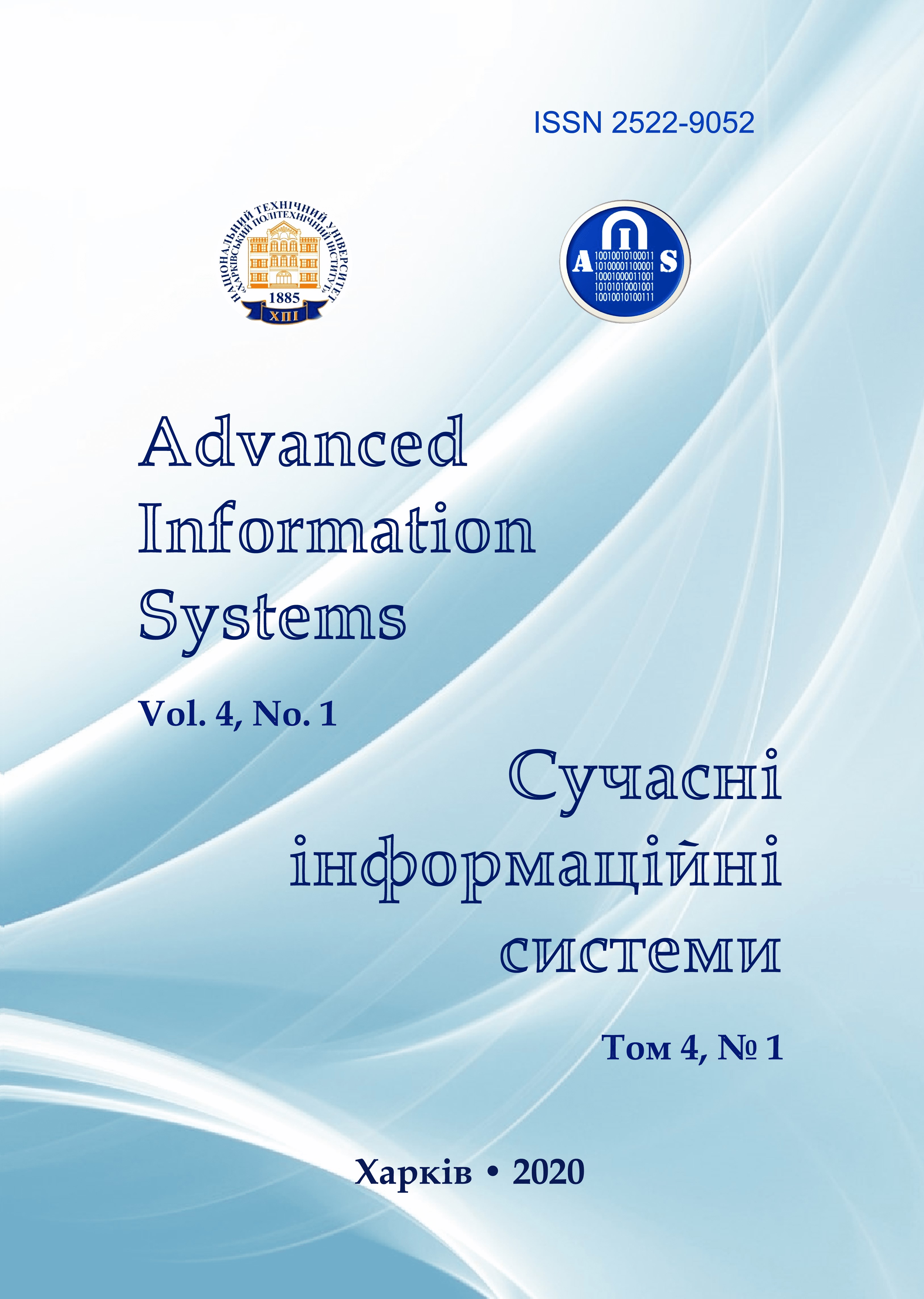The method of specifying the sequence of radio-electronic complexes verification during maintenance as of state
Main Article Content
Abstract
The article considers the features of maintenance of large-scale radio-electronic complexes (tens and hundreds of thousands of elements), consisting of separate subsystems, the verification of which can be performed autonomously during maintenance and restoration during the current repair. These facilities include nodes and communications, radars, flight management systems and more. For the first time, the article proposes to establish the sequence of subsystem verification with a comprehensive consideration of reliable, time, and cost indicators to improve the efficiency of maintenance. In addition, it is proposed to take into account not only the cost of measuring equipment, but also their metrological reliability. Depending on the conditions of use for the purpose of the complexes, the determined indicators may have different effects on the efficiency of technical operation, which is offered to take into account the introduction of coefficients, whose values are obtained in each case as a result of processing expert examination materials of leading experts in this field. All these factors are combined by a complex indicator, the values of which are calculated for each subsystem of the complex. To normalize the value of a complex indicator, the probability of preference for subsystems of the complex is introduced. Then, as a result of ranking subsystems by killing, the values of this probability determine the sequence of verification of individual subsystems of the complex. In this case, in addition to the verification sequence, it is possible to determine the minimum number of subsystems to be tested to provide the necessary probability of estimating the technical condition of the product as a whole. The block diagram of the algorithm of the method realization that allows to use the computer for process automation is presented in the article. An example of using the method and quantifying the effectiveness of its application are given. The use of the proposed method will streamline the practical implementation of maintenance on the condition and increase its efficiency in real conditions of operation of large-scale radioelectronic complexes.
Article Details
References
Barzilovich, E.Y. (1982), Maintenance models for complex systems, High School, Moscow, 231 p.
Ostreykovsky, V.A. (2003), Reliability theory, Higher School, Moscow, 463 p.
Vasilishin, V.I., Zhenzhera, S.V., Chechui, S.V. and Glushko, A.P. (2018), Fundamentals of the theory of reliability and oper-ation of radioelectronic systems, KhNUPS, Kharkiv, 268 p.
Polovko, A.M. and Gurov, S.V. (2006), Fundamentals of reliability theory, BHC-Petersburg, St. Petersburg, 704 p.
Kredentzer, B. P. (2016), Maintenance and reliability of the system with temporary redundancy, Phoenix, Kiev, 384 p.
Ksenz, S.P. (2006), Combat diagnostic errors in the maintenance and repair of communication and navigation control sys-tems, YOU, St. Petersburg, 240 p.
Ryzhov, Ye.V., Sacovych, L.N. and Vankevych, Petro (2018), “Optimization of requirements for measuring at metrological service of communication tools”, Measurement, Journal of International Measurement Confederation. Vol. 123, pp. 19-25, DOI: https//doi.org/10.1016/j. measurement.2018.03.055.
Sakovich, L.M. and Bobro, R.A. (2006), “Choice of parameters and sequence of their measurement during maintenance of communication means by state”, Communication, No. 3, pp. 54-56.
Sakovich, L.M, Krykhovetsky, G.Y. and Heavenly, Y.E. (2018), “Assessment of the impact of metrological reliability of the measuring instruments on the time of maintenance of the special communication facilities”, Management, navigation and com-munication systems, No. 2 (48), pp. 164-166, DOI: https: //doi.org.10.26906/SUNZ.2018.2.164.
Orlov, A.I. (2002), Expert assessments, Science, Moscow, 150 p.
Kovalenko II., Dragan, S.V. and Ryhalsky, M.A. (2007), Expert assessments in information project management, NUS, 168 p.
Shmerlin, D.S. and Dubrovsky, S.A. (2001), Expert assessments: methods and applications, EXPO, Moscow, 228 p.
